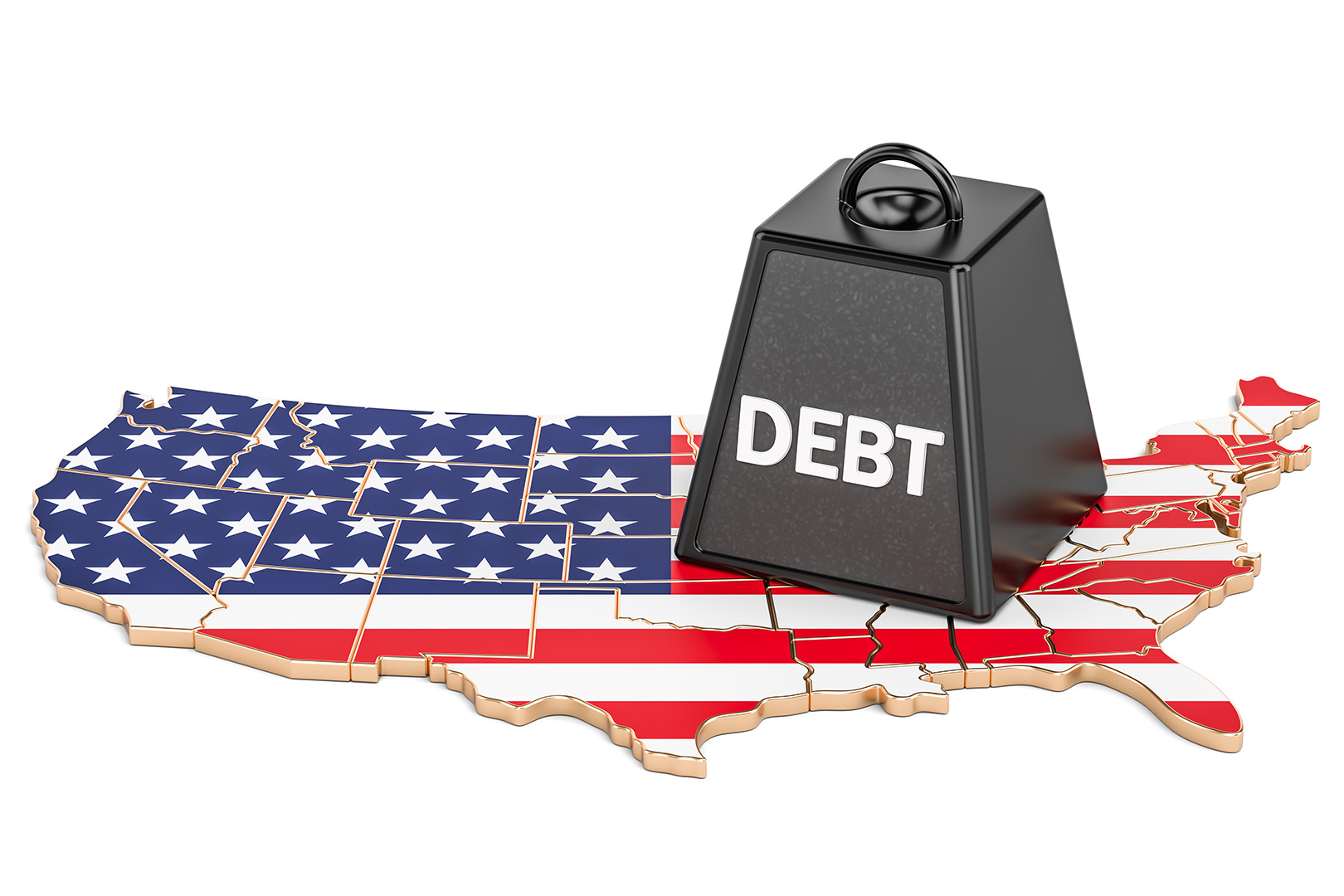
Treasury payments towards the interest on the debt represent the federal government’s largest spending increase so far this year. As the Wall Street Journal reports, it’s contributing to a deficit for the first four months of this fiscal year that has widened to $460 billion, up 78% from $259 billion in the same four months of last fiscal year.
And, the cost of the interest on the debt is rising as a result of the Federal Reserve’s broader efforts to fight inflation and cool the economy by rapidly increasing its benchmark interest rate.
These factors fuel the debate over raising the nation’s $31.4 trillion debt limit. The Treasury will exhaust its emergency measures to prevent a debt default later this summer, with the final date largely determined by IRS-collected tax revenues in April. Democrats maintain the borrowing costs are manageable relative to the size of the economy while Congressional Republicans say they will only approve increasing the debt limit if it comes with spending cuts.
“The fundamental issue is that the federal budget is on an unsustainable path,” says Michael Faulkender, Dean’s Professor of Finance at the University of Maryland’s Robert H. Smith School of Business. However, “Congress must raise the debt ceiling. Default cannot occur and a balanced budget this year is not feasible.”
Faulkender’s current focus on the debt ceiling can be traced to his first week at the Department of Treasury, where he served as Assistant Secretary for Economic Policy from 2019 to 2021, as he began work on the Financial Report of the U.S. Government.
In that year, the Executive Summary’s second section was retitled “An Unsustainable Fiscal Path,” he notes, “because on current trajectory, our nation’s taxing and spending practices will not sustain. As the report shows, under current policy, the debt to GDP ratio of our country is forecast to rise from approximately 120% right now to 566% in 2097 (the 75-year timeframe required in the report).”
Historical Context
Faulkender says that prior to 2020, the highest gross debt-to-GDP ratio ever reached was 119% at the end of World War II. “Understandably, our nation needed to win the war and we would worry about the debt afterwards. Congress returned to sustainable fiscal policy and the ratio came down quickly,” he says. “In 1981, that ratio hit a low of 31.0%, then rose during the 1980s as President Reagan rebuilt our military to combat the Soviet threat, and our economy emerged from the stagflation of the 1970s, reaching 64.4% in 1995.”
The ratio went back down through the late 1990s – down to 54.5% in 2001, helped by the peace dividend at the end of the Cold War and the economic boom from the tech bubble, he adds. But it dramatically took off during the financial crisis, going from 67.6% in 2008 to 104.5% in 2016.
The ratio stayed relatively flat in the first three years of the Trump Administration, he says, but again took off during the pandemic “because our sole concern at that time was keeping the economy afloat during shutdowns and we would worry about the debt afterwards. Well, it’s time to address the debt,” he adds.
Finding a Viable Solution
The challenge, as Congress deals with the debt ceiling, is that “nobody wants to touch the ‘big four’ spending items,” Faulkender says. “In 2032, the combination of Social Security, federal health spending (Medicare and Medicaid), defense, and debt service is expected to comprise 18.7% of GDP. This compares to federal revenues that were 18.6% of GDP last fiscal year and expected to drop to 18.1% this year. For context, that compares to the 17.3% of GDP that revenues averaged in the years from 1972 to 2021. So, if we shut down the rest of the federal government, kept the current tax code, and only did those four things, we would still run an annual deficit.”
Clearly nobody is calling for the federal government to only do those four things, but it demonstrates that sustainable fiscal policy necessitates revisiting mandatory spending programs, Faulkender says.
He suggests this formula: “For every dollar of debt ceiling increase, three dollars of near-term deficit reduction is appropriate. Given the current political environment, a principle of one dollar of deficit reduction for each dollar of debt ceiling extension should be realizable.
Options, he adds, “ include a freeze on non-defense discretionary spending, canceling the administration’s student loan forgiveness, opening more federal land to mineral leases, and reimposing work requirements on social benefits.”
Faulkender again cites the 2019 Financial Report of the U.S. Government which states: “If changes in policy are not so abrupt as to slow economic growth, then the sooner policy changes are adopted, the smaller the changes to revenue and/or spending will be required to return the government to a sustainable fiscal path.”
Media Contact
Greg Muraski
Media Relations Manager
301-405-5283
301-892-0973 Mobile
gmuraski@umd.edu
Get Smith Brain Trust Delivered To Your Inbox Every Week
Business moves fast in the 21st century. Stay one step ahead with bite-sized business insights from the Smith School's world-class faculty.